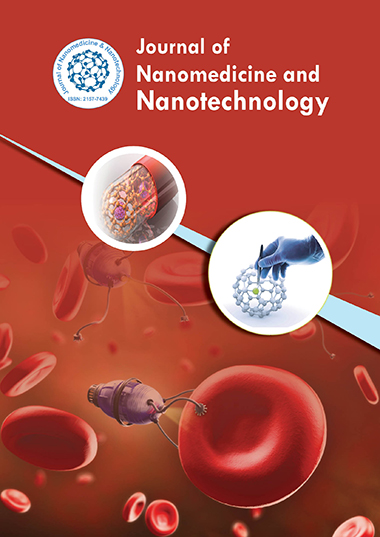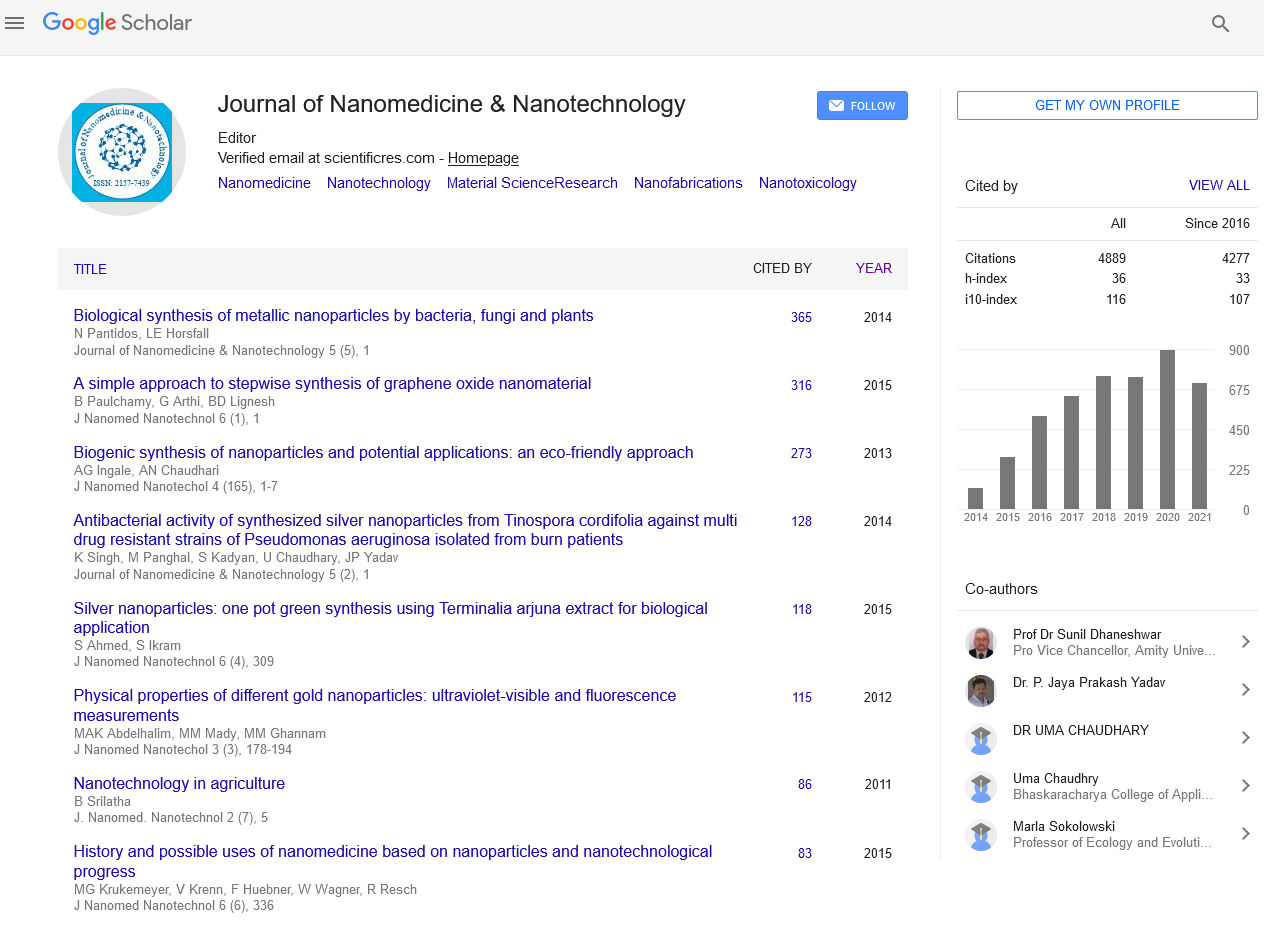Indexed In
- Open J Gate
- Genamics JournalSeek
- Academic Keys
- JournalTOCs
- ResearchBible
- China National Knowledge Infrastructure (CNKI)
- Scimago
- Ulrich's Periodicals Directory
- Electronic Journals Library
- RefSeek
- Hamdard University
- EBSCO A-Z
- OCLC- WorldCat
- SWB online catalog
- Virtual Library of Biology (vifabio)
- Publons
- MIAR
- Scientific Indexing Services (SIS)
- Euro Pub
- Google Scholar
Useful Links
Share This Page
Journal Flyer

Open Access Journals
- Agri and Aquaculture
- Biochemistry
- Bioinformatics & Systems Biology
- Business & Management
- Chemistry
- Clinical Sciences
- Engineering
- Food & Nutrition
- General Science
- Genetics & Molecular Biology
- Immunology & Microbiology
- Medical Sciences
- Neuroscience & Psychology
- Nursing & Health Care
- Pharmaceutical Sciences
Investigating femtosecond laser processing of silica sand: Crystallization and impurity removal
31st International Conference on Advanced Materials, Nanotechnology and Engineering
April 09-10, 2025 | Webinar
Arish Naim, PhD
University of California Davis, USA
Scientific Tracks Abstracts: J Nanomed Nanotechnol
Abstract:
Statement of the Problem: As the global community strives for carbon neutrality by 2050, with nearly a quarter of global emissions stemming from direct industrial processes, developing zero-carbon alternatives for processes like silica purification and thereby silicon production is crucial. An investigation was conducted on raw silica sand containing impurities at a concentration of 306 ppm, including Ca, Mg, Al, Ti, and trace amounts of Fe, Na, and K. The objective was to study the effects of direct femtosecond laser pulse irradiation on SiO‚??. The laser used in this experiment was a Ti:Sapphire system delivering 80 fs pulses at a central wavelength of 820 nm, operating at a repetition rate of 80 MHz with a photon energy of 1.5 eV. The experiments were carried out at an ambient temperature of 298 K. Previous literature indicates that femtosecond laser irradiation can induce amorphization, crystallization, nucleation, and ablation, with these effects varying based on laser fluence and pulse duration. The laser parameters in this study were carefully optimized to achieve the desired outcomes of impurity ablation and vaporization from the silica matrix. A constant ablation threshold fluence of approximately 0.13 J/mm²/s was observed for 80 fs pulse durations across different irradiation time intervals. The laser treatment resulted in enhanced crystallinity and induced a phase transformation from the low-temperature α-quartz phase to the high-temperature cristobalite phase. This method provides a net-zero emission pathway for the silica purification process and thus marks a breakthrough in the silicon industry and thereby the battery.
Biography :
Arish Naim has expertise in Materials Science and engineering and passion for providing Net-carbon emission process for the industry. Her research on Laser Technology for Silica purification creates new pathways for improving industrial protocols for mineral processing. She has done this research after working at the Advanced Light Source, Lawrence Berkeley National Lab and through her experience with ARPA-E, US DOE training program experience.


